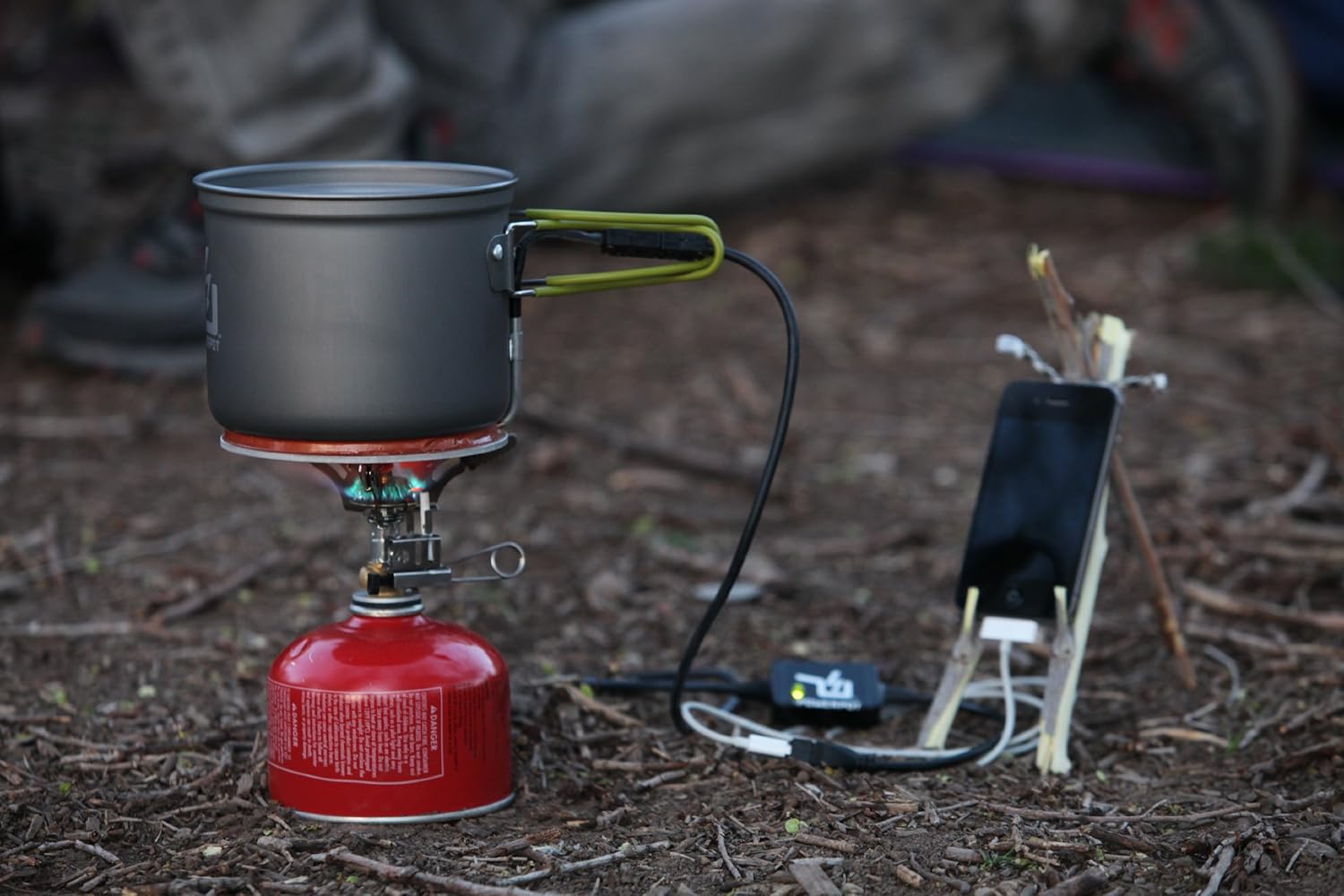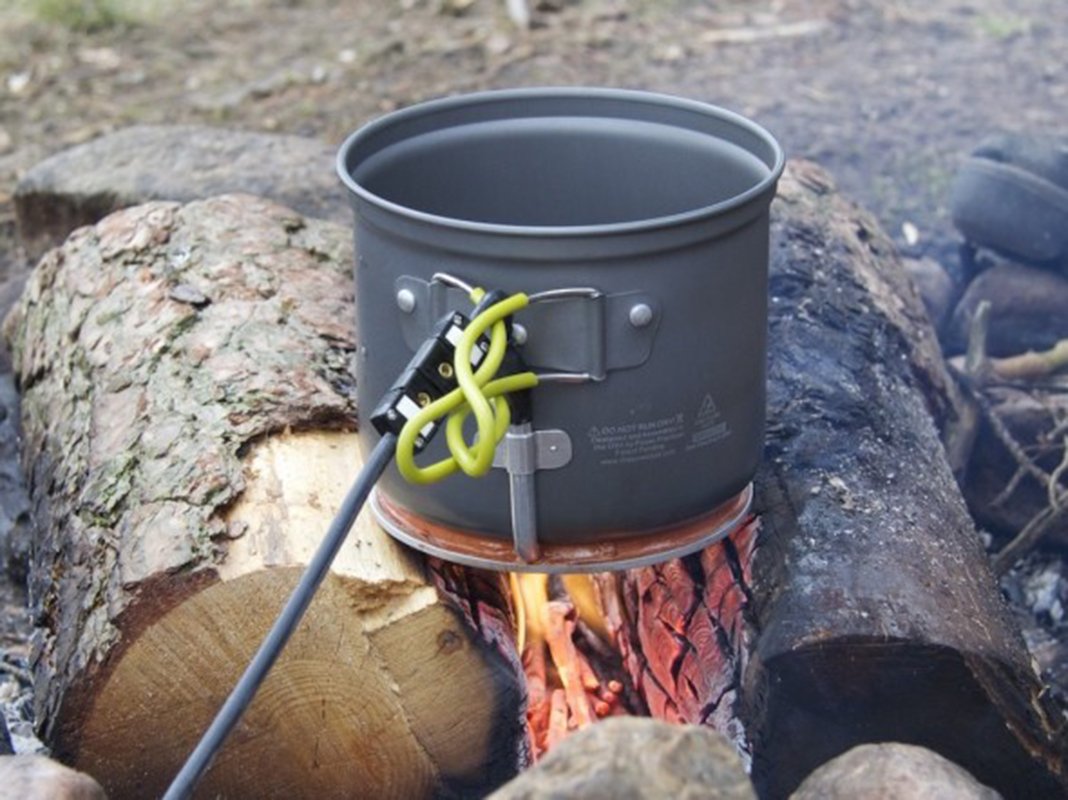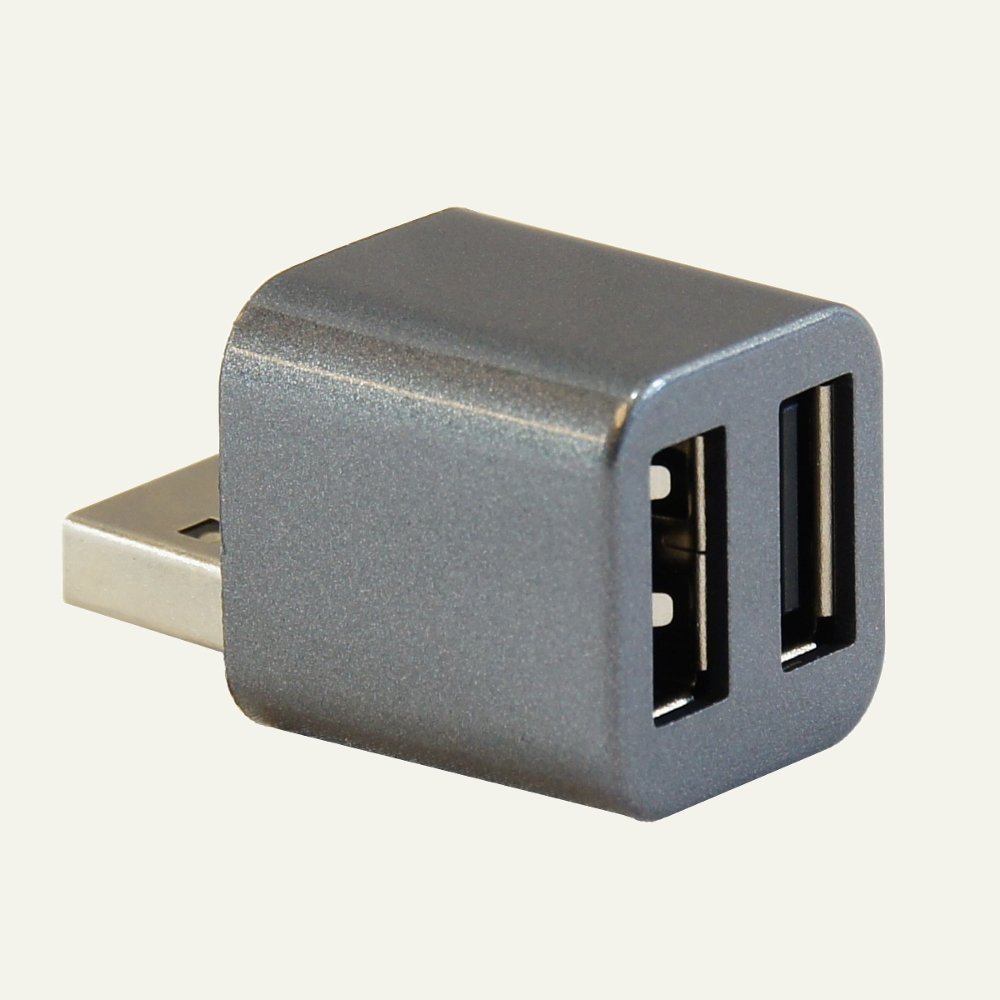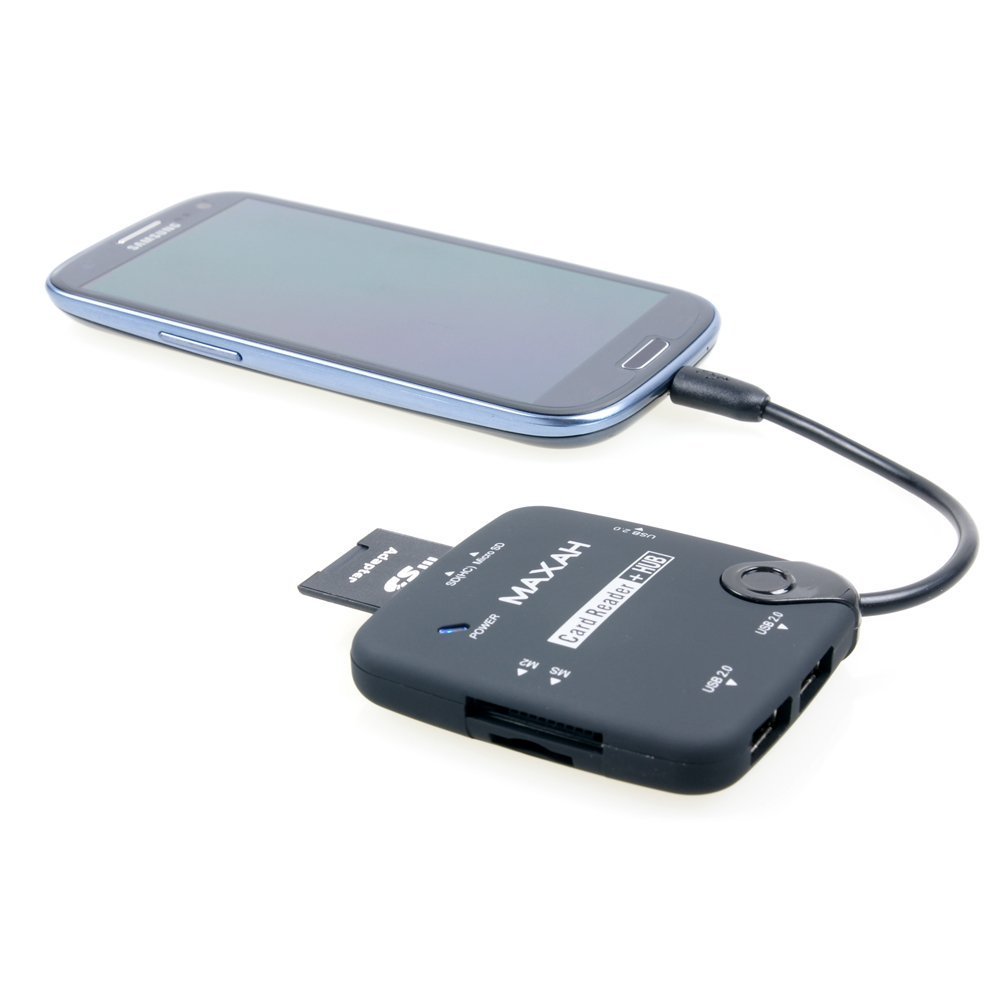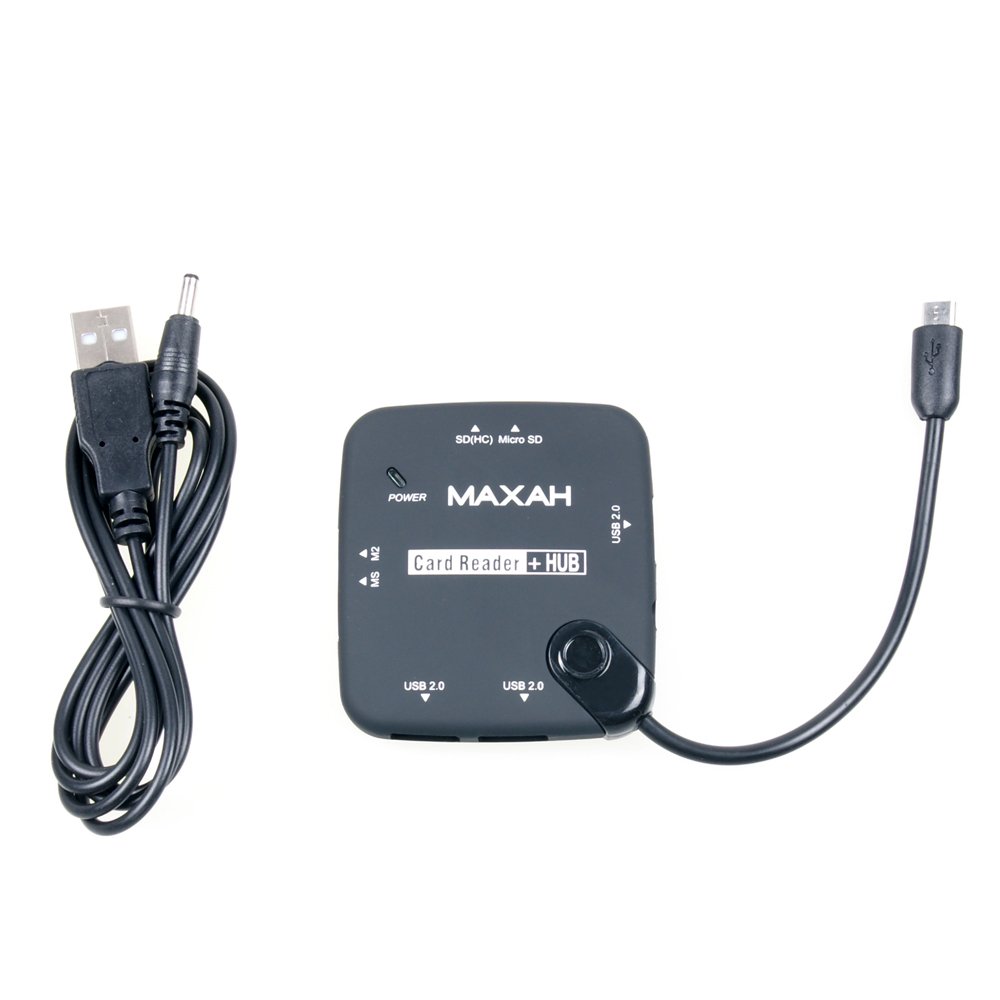I need a lightweight, full frame photography system where I can print large. I am going to be off the grid for many months (no cars, this is going to be carried on my back), shooting raw photographs in a rough environment.
My set up is as follows...
Sony a7r. 450g
Third party, twin battery charger powered by USB. 100g
Solar panel. 400g
Jackery bar, battery pack. 300g
4, sony info lithium batteries. 200g
loxia 50mm lens. 320g
loxia 35mm lens. 340g
UV filters for protection. 30g
10, 64gb SD card.
fenix 3 watch, for daily GPS logging. The phone cannot be used for logging as it uses too much battery power. A watch can only store so much in the way of logs. I will transfer the logs to a smartphone using USB OTG. 80g
samsung t1 external SSD. 30g
sony xperia z3. The phone is used as a backup solution for GPS information and photographs. 150g
Neoprene case attached to the front of me. Modified backpack. 10g
Total = roughly 5.5 lb.
I have these questions:
Can the playmemories app transfer raw files from the camera, to the phone? Using a smartphone and USB OTG, I would be able to then transfer the raw files to the samsung t1 external SSD. Does anyone have experience with this? This is a 1ounce, backup solution. Do you have any other ideas? I could hit sony for not including dual memory card slots...
Does anyone have any other ideas for daily GPS logging? This has to record the entire journey, and not just a few minutes of each day
My set up is as follows...
Sony a7r. 450g
Third party, twin battery charger powered by USB. 100g
Solar panel. 400g
Jackery bar, battery pack. 300g
4, sony info lithium batteries. 200g
loxia 50mm lens. 320g
loxia 35mm lens. 340g
UV filters for protection. 30g
10, 64gb SD card.
fenix 3 watch, for daily GPS logging. The phone cannot be used for logging as it uses too much battery power. A watch can only store so much in the way of logs. I will transfer the logs to a smartphone using USB OTG. 80g
samsung t1 external SSD. 30g
sony xperia z3. The phone is used as a backup solution for GPS information and photographs. 150g
Neoprene case attached to the front of me. Modified backpack. 10g
Total = roughly 5.5 lb.
I have these questions:
Can the playmemories app transfer raw files from the camera, to the phone? Using a smartphone and USB OTG, I would be able to then transfer the raw files to the samsung t1 external SSD. Does anyone have experience with this? This is a 1ounce, backup solution. Do you have any other ideas? I could hit sony for not including dual memory card slots...
Does anyone have any other ideas for daily GPS logging? This has to record the entire journey, and not just a few minutes of each day
Last edited:


